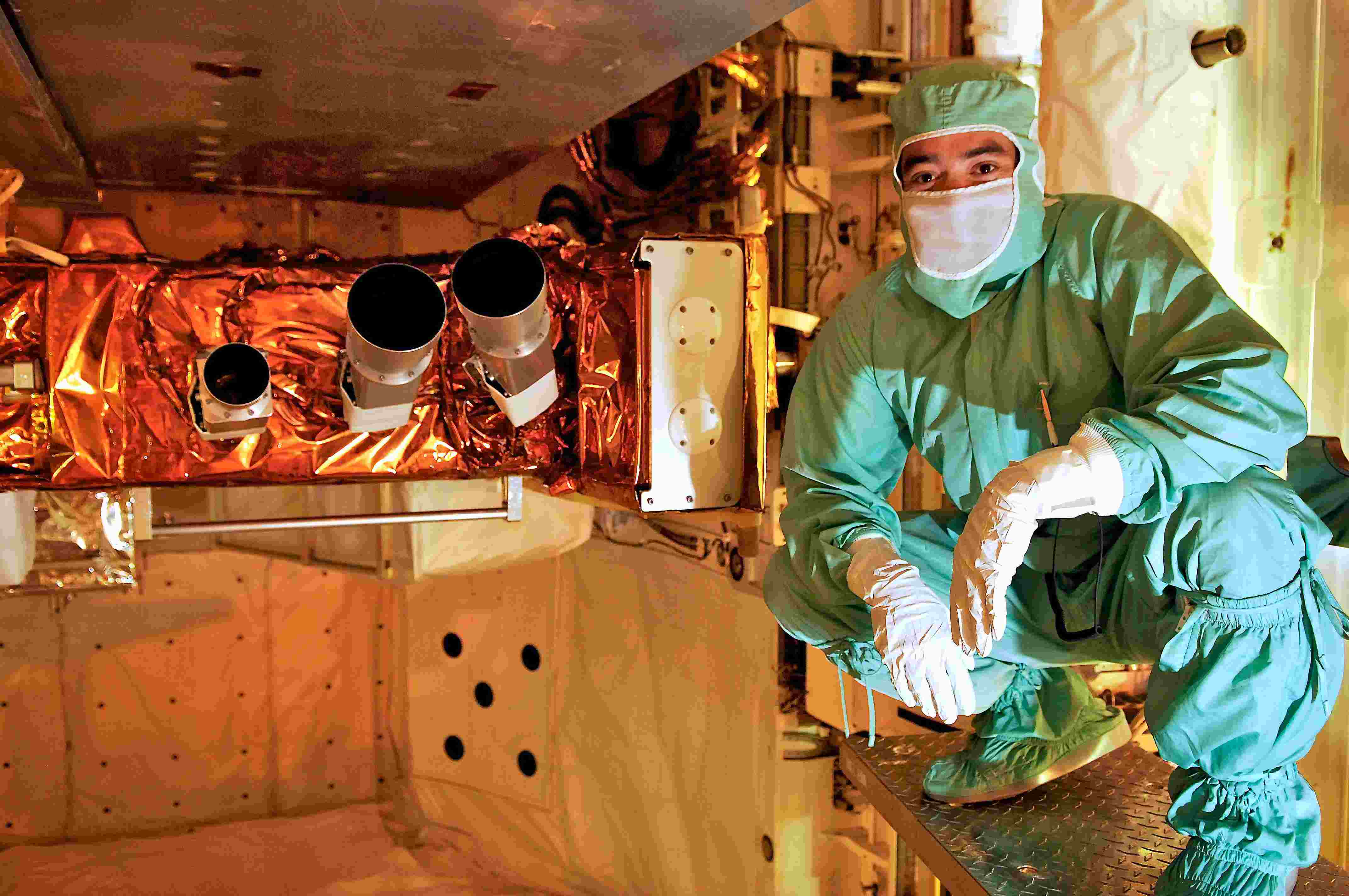Abstract:
Flight Results from the HST Relative Navigation Sensors
In May of this year, Goddard engineers completed a successful on-orbit demonstration of the Relative Navigation Sensors (RNS) system. Flown in the cargo bay of Space Shuttle Atlantis during the highly successful Servicing Mission 4 (SM4) to the Hubble Space Telescope, the system captured and stored several hours of imagery of the Telescope during the Capture and Deploy phases of the mission. The system also processed Hubble imagery in real time, demonstrating onboard estimation of the position and orientation, or "pose" of the Telescope relative to the Shuttle. These technologies are necessary for future rendezvous and docking missions to Hubble, and are applicable to several other NASA missions including autonomous rendezvous and docking, precision landing, and surface navigation. The RNS system hardware is comprised of 3 cameras with varying optical ranges, electronics to capture camera images, a Navigator GPS receiver (developed by GSFC Code 596), and an advanced microprocessor system known as the SpaceCube (developed by GSFC 561 and 587). Flight software includes two pose estimation algorithms (including the Goddard Natural Feature Image Recognition algorithm), camera automatic gain control, Linux and VxWorks applications and drivers, and command and data handling applications (Clement).
Biography:
 Bo Naasz
is currently a member of Goddard's Navigation and Mission Design Branch. In seven years at Goddard, he has focused on the design, determination, and control of the relative motion of multiple space vehicles. Bo has been involved in numerous mission proposals seeking to demonstrate and utilize technologies for space applications such as spacecraft formation flying, autonomous rendezvous and docking, and robotic servicing. In the summer of 2007 Bo assumed the role of Principal Investigator for the Relative Navigation Sensors (RNS) system, which flew on the Space Shuttle Atlantis during the Hubble Space Telescope Servicing Mission 4 in May of this year. Bo holds Bachelors and Masters degrees in Aerospace Engineering, both from Virginia Tech.
Bo Naasz
is currently a member of Goddard's Navigation and Mission Design Branch. In seven years at Goddard, he has focused on the design, determination, and control of the relative motion of multiple space vehicles. Bo has been involved in numerous mission proposals seeking to demonstrate and utilize technologies for space applications such as spacecraft formation flying, autonomous rendezvous and docking, and robotic servicing. In the summer of 2007 Bo assumed the role of Principal Investigator for the Relative Navigation Sensors (RNS) system, which flew on the Space Shuttle Atlantis during the Hubble Space Telescope Servicing Mission 4 in May of this year. Bo holds Bachelors and Masters degrees in Aerospace Engineering, both from Virginia Tech.
 Bo Naasz
is currently a member of Goddard's Navigation and Mission Design Branch. In seven years at Goddard, he has focused on the design, determination, and control of the relative motion of multiple space vehicles. Bo has been involved in numerous mission proposals seeking to demonstrate and utilize technologies for space applications such as spacecraft formation flying, autonomous rendezvous and docking, and robotic servicing. In the summer of 2007 Bo assumed the role of Principal Investigator for the Relative Navigation Sensors (RNS) system, which flew on the Space Shuttle Atlantis during the Hubble Space Telescope Servicing Mission 4 in May of this year. Bo holds Bachelors and Masters degrees in Aerospace Engineering, both from Virginia Tech.
Bo Naasz
is currently a member of Goddard's Navigation and Mission Design Branch. In seven years at Goddard, he has focused on the design, determination, and control of the relative motion of multiple space vehicles. Bo has been involved in numerous mission proposals seeking to demonstrate and utilize technologies for space applications such as spacecraft formation flying, autonomous rendezvous and docking, and robotic servicing. In the summer of 2007 Bo assumed the role of Principal Investigator for the Relative Navigation Sensors (RNS) system, which flew on the Space Shuttle Atlantis during the Hubble Space Telescope Servicing Mission 4 in May of this year. Bo holds Bachelors and Masters degrees in Aerospace Engineering, both from Virginia Tech.